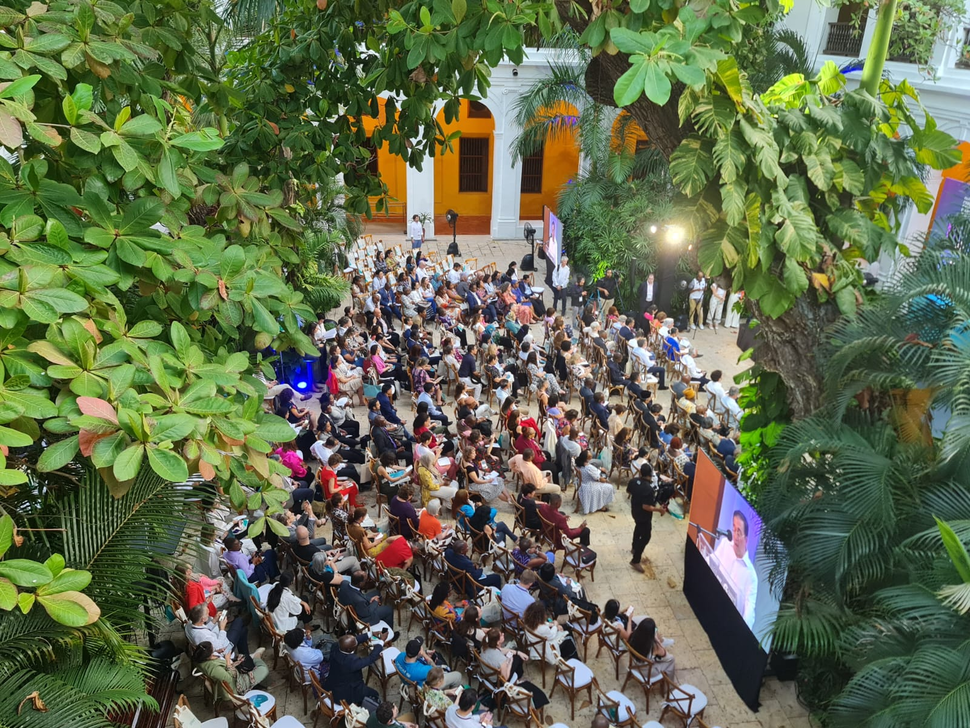Global Forum Strengthens Commitments Towards Cervical Cancer Elimination
, by Julia Gage, Ph.D., M.P.H.
Since entering the field of human papillomavirus (HPV) and cervical cancer research in 2000, I have witnessed the development, introduction, and evolution of prevention tools designed for low-resource settings with the potential to drastically reduce cervical cancer incidence. Implementing HPV vaccination for girls, coupled with improved screening and treatment programs, offers a pathway towards controlling cervical cancer as a global public health problem. Yet, real change has been slow and today cervical cancer remains the 4th most common cancer in women worldwide (1). Every two minutes, a woman succumbs to cervical cancer globally, usually at a young age while they are still raising children and contributing to the economic security of their family. Although global, national, and local commitments to women and their families have increased, they remain insufficient to meet the needs for cervical cancer elimination as a public health problem. I recently joined the Center for Global Health (CGH) at NCI to foster research that improves our understanding of the complicated health systems processes involved in introducing cervical cancer prevention and control strategies.
In March, I had the pleasure of attending the first Global Cervical Cancer Elimination Forum in Cartagena, Colombia (2). This forum hosted by Colombia, Spain, and nine leading development and health agencies, aimed to summon governments, donors, civil society, and others to commit to accelerating cervical cancer control and galvanize the global community. Attendees were not only health-focused international organizations, like the Bill and Melinda Gates Foundation, WHO, UNICEF, and UNITAID, but also developmental financing groups such as the World Bank, specifically the Global Financing Facility. Over 40 countries were represented, and many leaders not only made commitments but also openly discussed their emerging programs and global challenges. Throughout the event, cervical cancer survivors told their stories and represented their organizations’ concerns and aspirations. I’m hopeful that advocacy groups of patients and their supporters continue to play a significant role on the international stage—not just as individuals but as recognized, critical expert stakeholders.
The event was historic and the mood euphoric, with significant commitments including $600 million pledged. Most commitments were related to HPV vaccine implementation—the Bill & Melinda Gates Foundation pledged funding to accelerate uptake of HPV vaccination to reach 242 million girls over 4 years; Gavi, the Vaccine Alliance (including funds from USAID and UNICEF) pledged funding to immunize 86 million girls in 27 low- and middle-income countries by 2025; and the Pan American Health Organization (PAHO) committed technical cooperation and support including the PAHO Regional Revolving Fund for favorable procurement in the region aiming to avert over 1.4 million future deaths from cervical cancer (3). Due to the cost and challenges associated with cervical cancer screening, vaccination is critical to prevent cervical cancer. Recent disruptions in the global supply chain highlight the critical importance of establishing additional safe and affordable options for vaccine manufacturing and distribution, allowing reliable production and procurement. Health systems are investing precious resources into planning vaccination campaigns. When they are suddenly postponed, millions of girls miss the window of opportunity for vaccination (4).
Support for screening programs to detect and treat the precursors of cervical cancer was affirmed by UNITAID, WHO, PAHO, USAID, and the World Bank/Global Financing Facility. Since the WHO called for the elimination of cervical cancer as a public health problem in 2018, this is the first summit to galvanize multiple international agencies to accelerate much needed funding and implementation support.
It was heartening to see honest conversations around the serious challenges of implementing vaccination, screening, and care in diverse health systems across the world. Countries that just initiated programs in the past months were already learning and adapting their programs in real-time. While there was coalescing around certain strategies, like one-dose vaccination, countries also faced nuanced challenges requiring tailored decision making based on their unique contexts. Their commitments inspire the work I am leading at CGH to create new opportunities for translational embedded engagement strategies for cervical cancer prevention and control (5). This approach recognizes that while each health care system is unique, collective experiences also provide rich data to form and test new hypotheses. We hope to rapidly identify the lessons being learned from in country experts by partnering with implementation researchers to disseminate the essential practice-based knowledge being gained.
Culminating right before International Women’s Day, it was wonderful to see the many country representatives, advocates, and supporting institutions dedicated to make these programs a reality and prevent cervical cancer. The commitments are a great start, and it’s up to us to work together and challenge ourselves to sustain the momentum!
